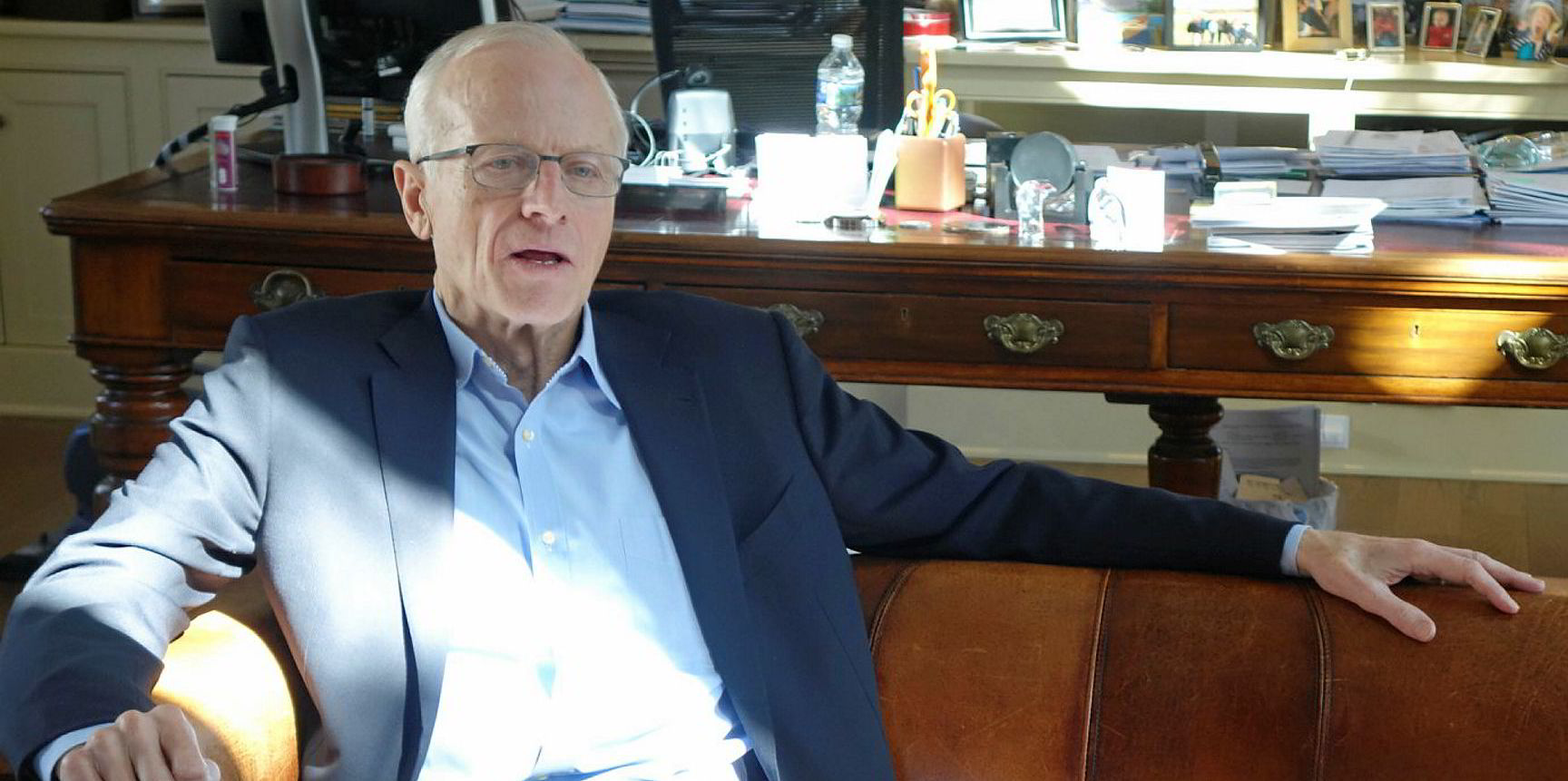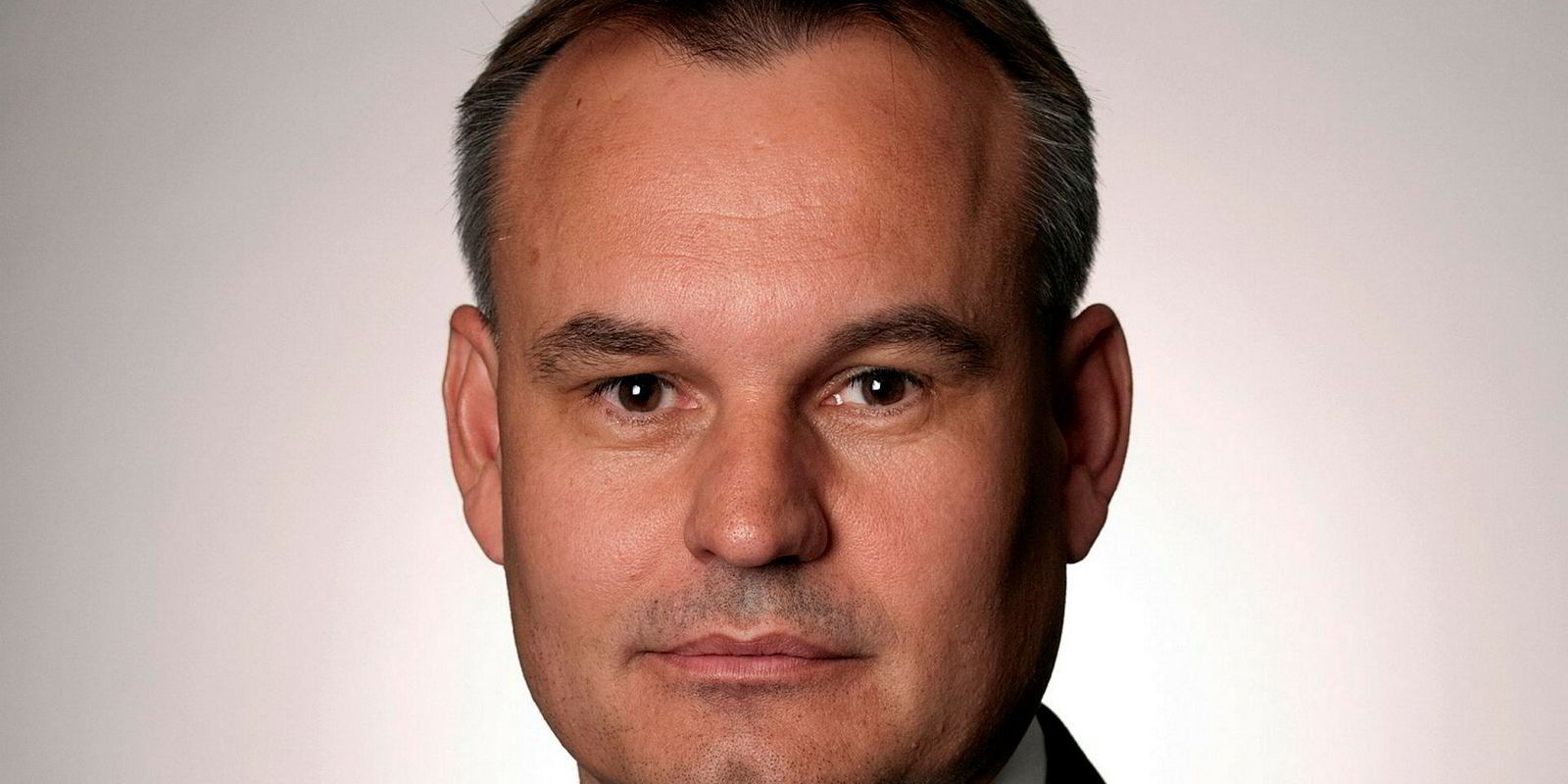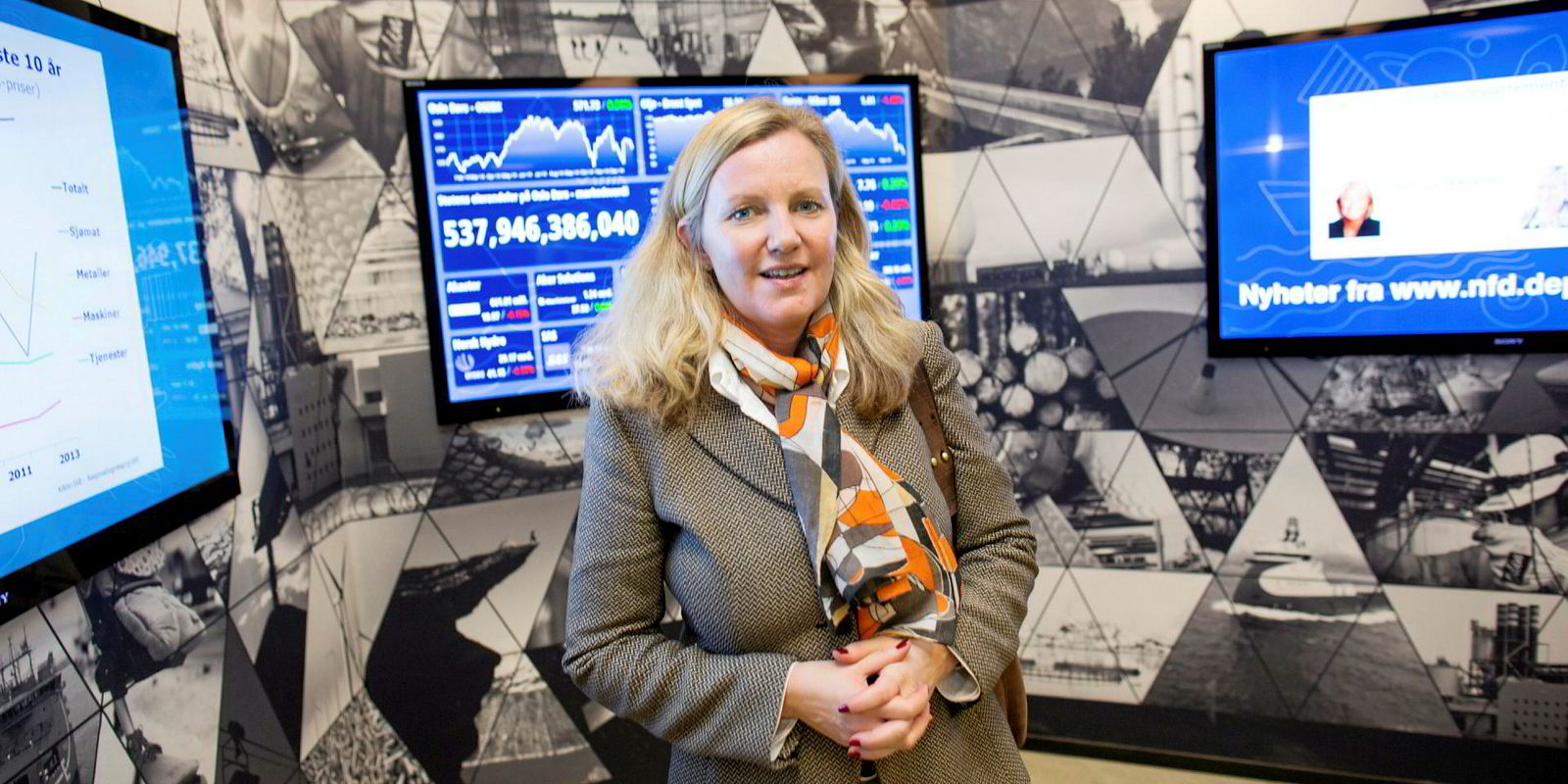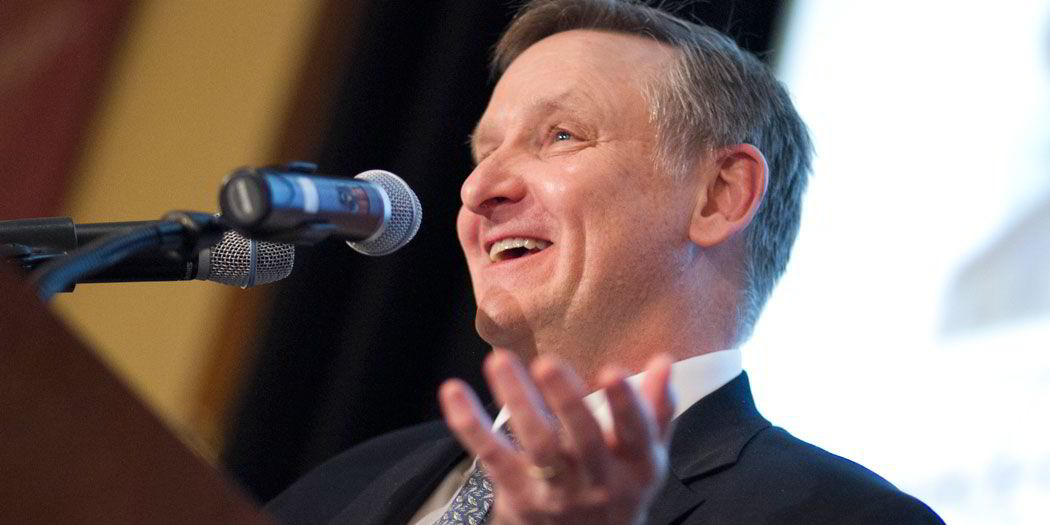Sean Day looks back on his 18-year chairmanship at Teekay Corp with few regrets about the business lines the traditional tanker owner expanded into, but some ruefulness about how quickly it went about the growth.
“It set us back a few years,” he says in summary of Teekay’s rapid expansion in the LNG and offshore sectors through a complex limited-partnership structure that deflated when oil prices did.
Yet that reflection barely dampens Day’s spirits as he discusses a lifetime love of ships and shipping with TradeWinds at his home office in Greenwich, Connecticut — where he happens to be next-door neighbours with Diamond S Shipping chief executive Craig Stevenson.
Backyard chat?
One of Day’s many career mileposts — Teekay’s $2.2bn shared acquisition of Stevenson’s OMI Corp in 2007 — was not the result of a chat over the backyard fence, he quickly clarifies with a laugh.
Having announced his retirement from the Teekay board last month, Day, 69, now has fewer shipping days ahead of him than behind, but insists he is not quite done.
“It has gone by in an eye blink, but it has also felt like a long road sometimes — you go up and down throughout a shipping career,” he says, sitting amid decades’ worth of maritime memorabilia in a first-floor office above his garage.
“But it’s been great. To summarise it all, I’ve loved it. I don’t want to exit it completely. I’m still fascinated by the industry. I grew up loving ships and the sea from a very early age.
“I spent my school years riding tugs in Cape Town harbour and walking the waterfront. I’ve been fascinated by ships and the sea ever since. It’s been a great ride.”
Day has seen a little of everything during that ride. Family in South Africa questioned his sanity when he went to sea at 17 for three years before returning for a stint at university that eventually earned him a Rhodes Scholarship at Oxford University in the UK.
He served as an officer on a naval destroyer, then worked for shipping companies in Asia. A chance encounter with a Fednav director at a Hong Kong bar sent him off to Montreal, where he not only worked for the Canadian dry bulk specialist but also met his wife, Virginia.
Then on to New York, where he consulted with an admiralty law firm on troubled ship loans, and with Citibank on leveraged buyouts in the go-go 1980s.
Soon he would lead the purchase from US Steel of bulker owner Navios Corp, which he ran for a decade before selling out in 1998.
Finally came the role for which he is best known, starting as Teekay Corp’s executive chairman in 1999, having previously held a seat on the Canadian owner’s board.
Teekay was in a minority of shipowners to employ a full-time executive chairman in addition to a chief executive.
Day explains how he saw the sharing of responsibilities, first with Bjorn Moller of Denmark and then American Peter Evensen.
“I’m also a consultant to the TK trust that is the company’s largest shareholder, so that was part of my role as well,” Day says.
“I worked closely with Bjorn and Peter. They were the CEOs and I was not. I’ve always said a chairman advises and never instructs, while a CEO listens and never ignores. It was a cooperative relationship.”
Day describes Moller as “a traditional shipping person” who built from Teekay’s roots as a crude tanker company into new areas such as shuttle tankers and LNG. At the time, both men saw these as niches in which the company could have a significant presence and add value.
“My time with Bjorn was spent taking Teekay from being a pure crude tanker owner into a company with multiple legs — the idea was to move up the value chain and earn a better return on capital,” Day says.
Evensen rose to chief executive in 2011 following Moller’s retirement and also after the global economic meltdown that knocked shipping for a loop.
Evensen, a former managing director and head of shipping at JP Morgan Securities, was “a financial engineer”, who brought to the group an elaborate structure of general partners and master limited partnerships (MLPs).
“Peter came on at the start of the whole MLP boom at a time of high oil prices and low interest rates — perfect conditions for MLPs,” Day adds.
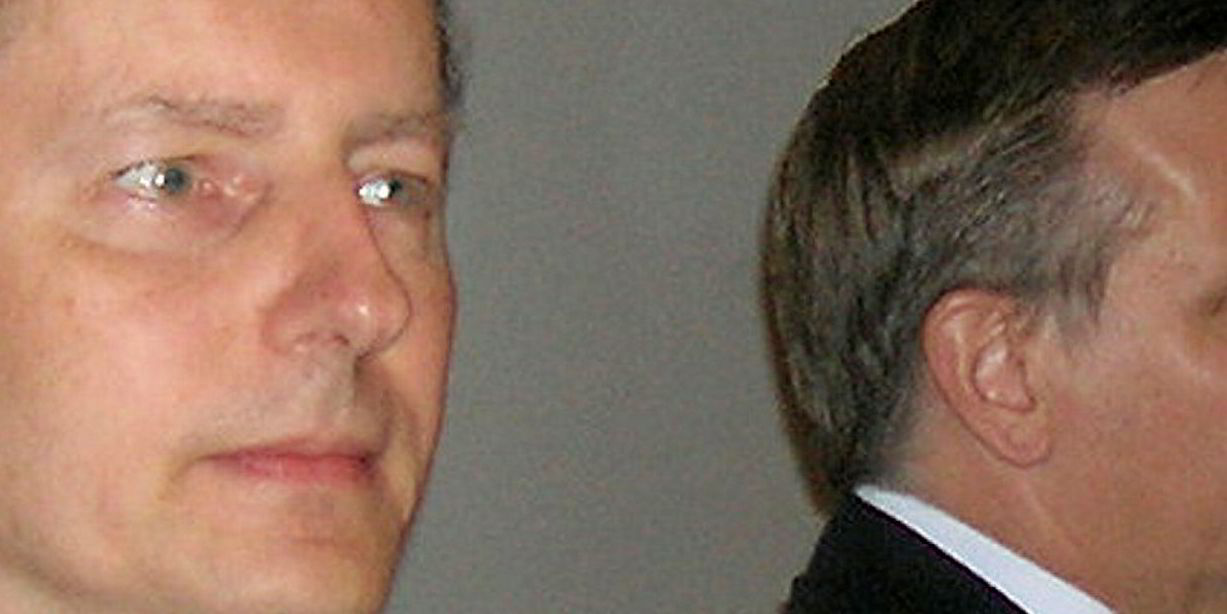
“Even though it was a while after the 2008 crash, at the time MLPs were a vehicle that made raising equity quite easy when you couldn’t do it in the public markets any other way.
“Peter was very aggressive in wanting to grow and expand as fast as we could. We differed a little in that but we smoothed over our differences.
“It could still have worked out well for us if we hadn’t been quite so aggressive. We invested in projects before securing financing for them, and then oil prices collapsed.”
Setbacks and satisfaction
Despite the acknowledged setback, Day is able to look at Teekay’s response to it with satisfaction. Although it has ceded control in Teekay Offshore Partners to white-knight investor Brookfield Business Partners, it retains the driver’s seat in other sectors.
“Teekay is now back on its feet and the LNG business is strong. The LNG business is fully financed and we have a very good book of long-term contracts. LNG is in great shape.
“Teekay Tankers, like every tanker company, is very much dependent on the recovery of the tanker market. We think there’s a pretty good chance it’s going to come in the next 12 to 18 months, but again, the company is deleveraged and is in better shape than it was previously.
“Teekay Offshore — we only have a very small interest. We’ve sold most of it to Brookfield. So Teekay will go forward with two legs: tankers and the LNG business, and both companies have been repositioned to do well in the future.”
